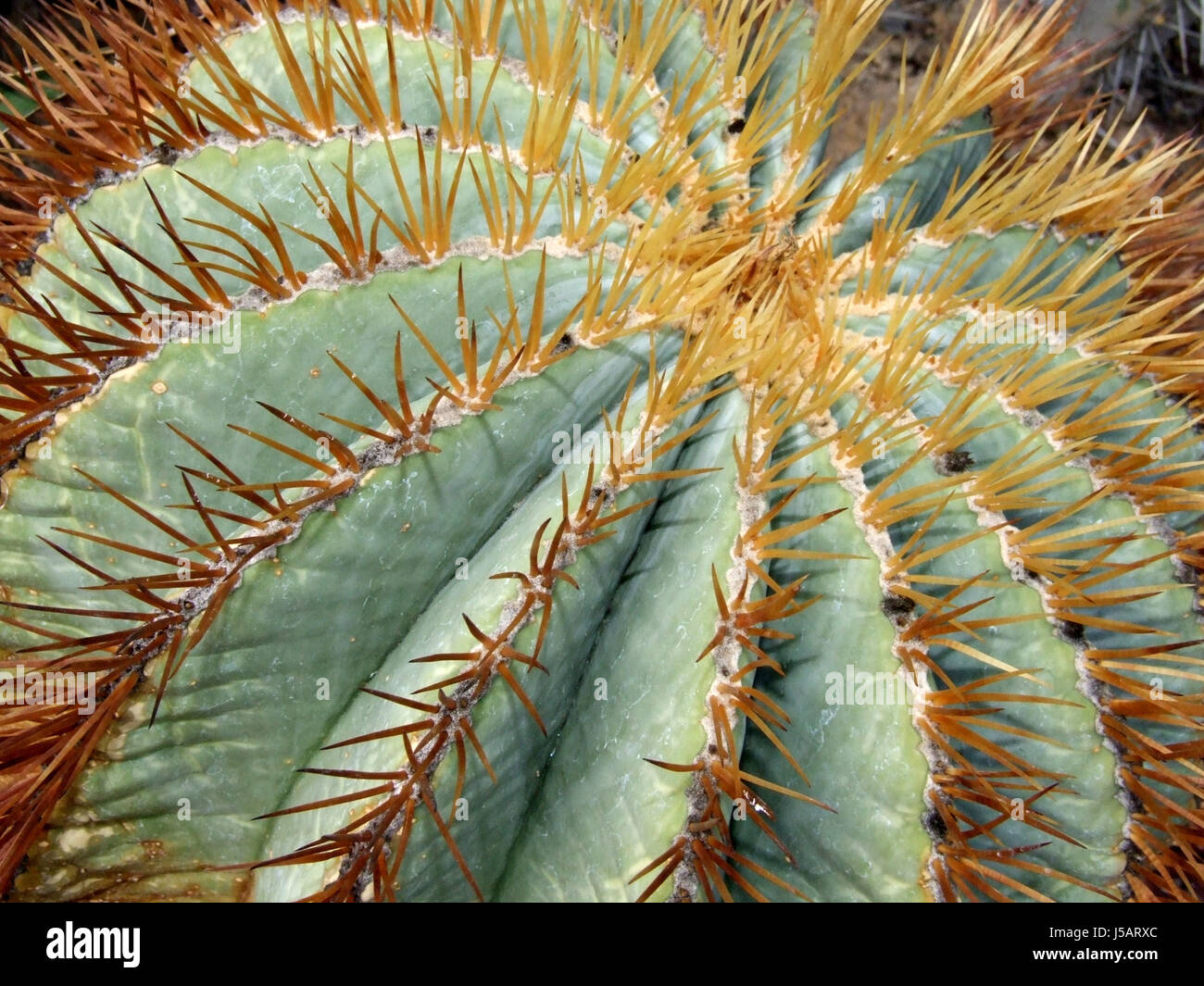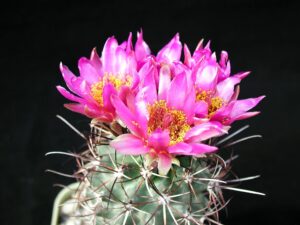The world of cacti is filled with an enchanting variety of shapes, sizes, and colors, yet few captivate the imagination quite like the cactus with four distinct ribs. These angular giants appear as nature’s architectural marvels, showcasing a splendid interplay of form and function. With their unique stature and intriguing morphology, these cacti not only stand out in a garden or indoor collection but also beckon their caretakers to delve deeper into their care and characteristics.
Discovering the various species of four-ribbed cacti leads to an appreciation for their beauty and compatibility within the broader cactus family. Understanding what makes these plants tick, as well as how to cultivate and nurture them, becomes essential for both novice enthusiasts and seasoned collectors alike.
In this exploration, we will identify the classic four-ribbed cacti species, decipher their natural habitats, and unpack the requisite care they demand. Through this journey, the distinct allure of these serrated sentinels will reveal itself.
Each cactus species is a reflection of its environment, often epitomizing the harsh conditions it endures. Four-ribbed cacti, such as the delightful Echinocactus and Ferocactus varieties, are no exception. Characterized by their pronounced rib structures, which can vary in texture and prominence, these plants often encapsulate the resilience of desert life.
The ribs of these cacti, resembling the framework of a seasoned warrior’s armor, serve a vital role in their survival. As they broaden during growth, they create additional surface area for photosynthesis while enabling the plant to store water efficiently. In this respect, their ribs are not simply decorative; they are fundamental to the plant’s health and vitality.
Exploring species like the Echinocactus grusonii, often affectionately known as the “Golden Barrel cactus,” one can observe a spherical body adorned with spines arranged centrally around the ribs. This stunning example of symmetry is often a focal point in garden landscapes, elevating mundane environments into aesthetic sanctuaries.
Another captivating member of the four-ribbed family, the Ferocactus, commands attention with its bold stature and tenacious spirit. With vibrant flowers that emerge above its formidable exterior, it becomes a metaphor for tenacity—elegance amid adversity. Gardens adorned with these vivacious specimens offer not only visual zest but also a conversation starter about nature’s inexplicable wonders.
Identify Your Four-Ribbed Companion
Identification of four-ribbed cacti can initially seem daunting given the plethora of species within this category. However, certain characteristics are key to discerning their identities. When examining a cactus, the initial step is to assess its ribs, looking not only at the number but also at their texture and coloration. While all four-ribbed cacti share a common feature, the subtle nuances between species make each one uniquely distinct.
In addition to the ribs, observing the spines can also offer clues about identification. Some species display a spectrum of spine variations, from soft and wispy to spiky and formidable. The presence of vibrant flowering caps is another hallmark of adult specimens, often serving as the pièce de résistance during blooming seasons.
Moreover, habitat provides context. Many four-ribbed cacti thrive in arid conditions, favoring rocky soils and sun-soaked terraces. Understanding their natural proclivities can facilitate accurate identification and promote successful cultivation practices.
Caring for Your Four-Ribbed Cacti
As with any living organism, comprehending how to nurture these hearty plants is paramount for sustaining their health and beauty. Start with potting—properly draining soil is indispensable for these succulents. A mixture of cactus potting soil with added perlite or sand ensures that excess water runoff occurs, reducing the risk of root rot.
Light is another vital consideration. Four-ribbed cacti crave full sunlight, often thriving in bright, direct exposure. Ideally, place them near windows or in outdoor gardens where sunlight abounds. However, be cautious of extreme temperature fluctuations; sudden changes can stress the plant. In summer, indoor specimens may benefit from a slightly cooler spot. Conversely, during colder months, mild warmth provides sanctuary from harsh elements.
Watering practices must also be meticulously monitored, as these cacti are accustomed to drought-like conditions. A general rule of thumb is to allow the soil to dry thoroughly between watering. Despite their desert origins, these plants do require hydration, especially during their growing season. Employing a well-timed watering schedule ensures that your cacti remain hydrated yet prevents over-saturation, which can lead to deleterious effects.
Understanding the Unique Appeal
The enchantment of four-ribbed cacti lies not only in their physical characteristics but also in what they represent. They echo the resilience of the desert, flourishing against the odds, standing proud like sentinels amidst adversity. In a world filled with fleeting trends, their enduring presence in gardens and homes embodies strength and timelessness.
In conclusion, caring for four-ribbed cacti is more than merely providing sustenance; it is an opportunity to engage with the natural world on a deeper level. Whether admiring their rugged beauty or pondering the intricacies of their survival, these cacti foster a unique relationship between the plant and its caretaker. Through informed care and appreciation, the joy of nurturing four-ribbed cacti transcends the ritual of watering and tending—transforming into an art form celebrating the resilience of life itself.





Leave a Comment